#lithics
Note
Top 5 stone tools (individual tools or types of tools either one works)?
Ooooh. Interesting.
1. 100% grindstones. All types. All in. I ADORE grindstones.
2. Glass Kimberley points (they’re just SO NICE)
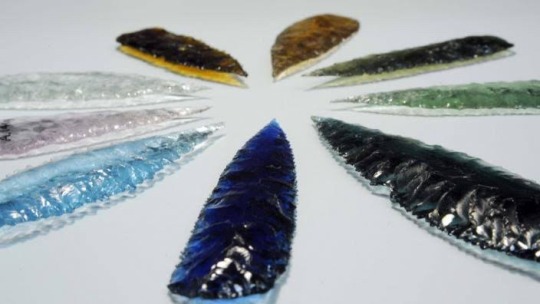
3. Polished ground edge axes. Specifically basalt ones are very nice
4. Leilira knife macro blades are kinda fun.
5. I have a soft spot of horsehoof cores, I think probably because they were the first kind of lithic identification to actually make SENSE to me
36 notes
·
View notes
Text
Neanderthals were master innovators, dare we say, even engineers! Researchers have discovered stone tools from 120,000 to 40,000 years ago with complex adhesive handles, showcasing advanced creativity and even some basic chemistry. This changes our understanding of Neanderthal technology and challenges our perceptions of their prehistoric intelligence.
30 notes
·
View notes
Text
A little treat from my line of work, found in central Texas. Unfortunately not diagnostic, but if I had to make a guess on age, most likely 400-1000 years old based on size.

103 notes
·
View notes
Photo
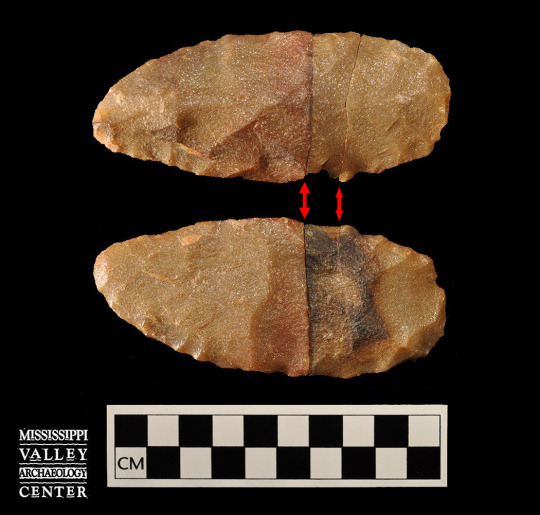
This reconstructed biface brought together not just three pieces of a broken artifact but two sites on a northern Wisconsin reservoir as well. Red arrows point out the cracks where the three pieces match up on the two broad sides of the biface. The tip of the biface (to the left of the large double arrow) was found at one site during a survey in 1989, and the two adjoining pieces of the midsection and base (on either side of the small double arrow) were collected from the second site farther east in 2012. The refit indicated a direct connection between the two sites, and they were reclassified as one in the Wisconsin Historical Society’s archaeological site database. The sites likely were recorded as two separate ones during initial survey in 1989 largely because of higher water levels in the reservoir, which flooded the land between the sites but left two separate rises visible.
65 notes
·
View notes
Text
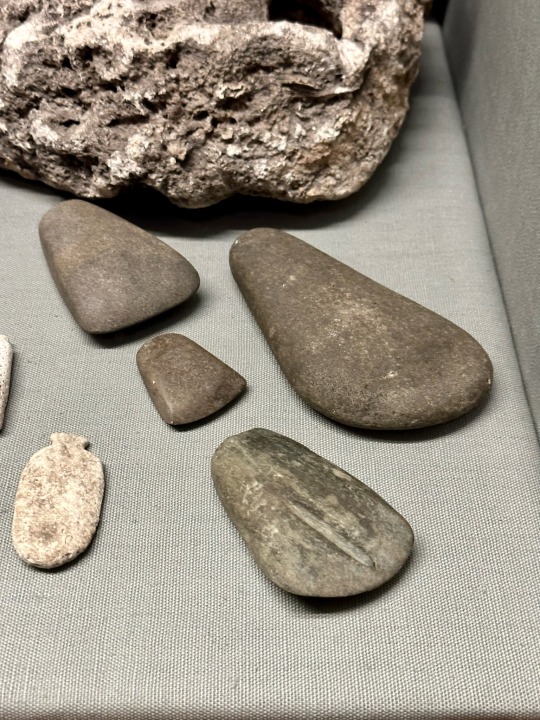
Artifacts recovered from the Miami Circle site now on display at the History Miami Museum in Miami, Florida.
#history miami#Miami Circle#paleoart#ancestors#indigenous#florida#florida history#lithics#archaeology#Floridaarchaeology#digging Miami#Paleo Indians#stone axe
10 notes
·
View notes
Text
Science Saturday: Feldspars, Sandstones, and Dating
Did you know that you can use feldspars to tell you how old a rock is? Did you know they can tell you about how long a paleo river is?

That's okay! Let me tell you about it then! So, due to the unstable nature of feldspars they can be used in a special method to date rocks called luminescence.

Luminescence dating is used to determine how long ago mineral grains were last exposed to light.

This is generally only used for surface dating usually in storm or tsunami deposits so scientists can see how much sediment gets moved.

As for river length, here's how we figure that out. River's deposit sand. Over time, sand is compressed into sandstone. Sandstones are categorized by the amount of quartz, feldspar and lithics (rock fragments) that are present.

Arkose or arkosic sandstone refers to sandstone with at least 25% feldspar composition. Arkose usually forms from the weathering of granite and must be deposited rapidly to avoid hydrolysis (check out last Science Saturday).

Now, because it has to be deposited quickly, this means that arkose occurs very close to the source rock. We call this a texturally immature sandstone.

Not that kind of immature. Immature in the sense that it got buried young. If you look at a river diagram, arkose occur near the head of the river either in conglomerates or very course sands. By the time you get the river delta, usually all that is left is quartz.

Thanks for joining me for a science lesson this weekend. If you want more content go check our my other social media platforms:
#geology#fun facts#mineralogy#feldspar#minerals#science#immature#lithics#quartz#granite#geomorphology
6 notes
·
View notes
Text


[image ID: two photos of a small obsidian projectile point laying on a desk. end ID]
hello archaeology community on Tumblr, look what i made in class today during my archaeology lab
#archaeology#lithics#idk how to tag this i just hope the archaeologists will find it again because we’re very proud of this#it’s an obsidian projectile point!!! couldn’t get that second notch to go very deep but still#our posts#considering we are very lacking in the muscles department we think we did well
8 notes
·
View notes
Text
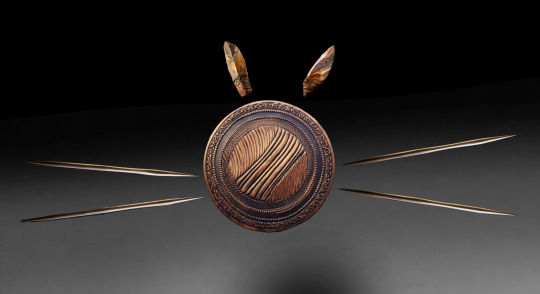
Prehistoric Preparations
Archaeologists recovered the nearly 2000-year-old toolkit last February.
The kit, once belonging to a nomadic hare, consists of two flint hand-blades, four cactus spine spears, and a carved wooden shield.
The remains of the hare were also "pretty nicely preserved, actually." (Source: Prof. Ein Gastort)
Stay up-to-date, or learn more about hare nomads, at frogiverse.com
#archaeology#artifacts#educational#fantasy#frogs#history#nature#worldbuilding#culture#tools#hares#rabbits#archaeology memes#history memes#art history#arms and armor#shield#spears#lithics#oc lore#lore
2 notes
·
View notes
Text
“omg that’s so mecore”
…
me core …
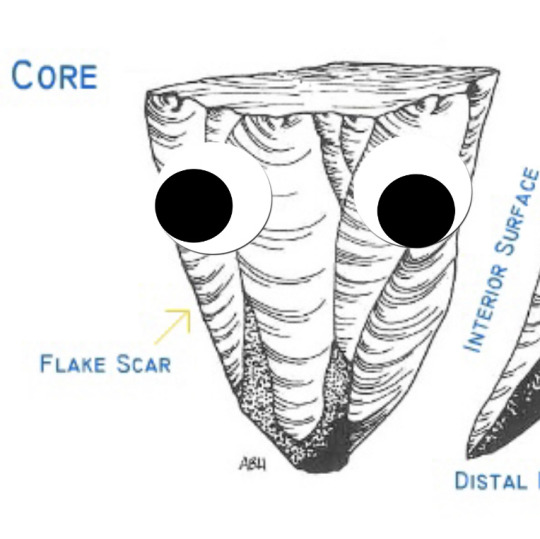
2 notes
·
View notes
Text
Acheulean biface fanart
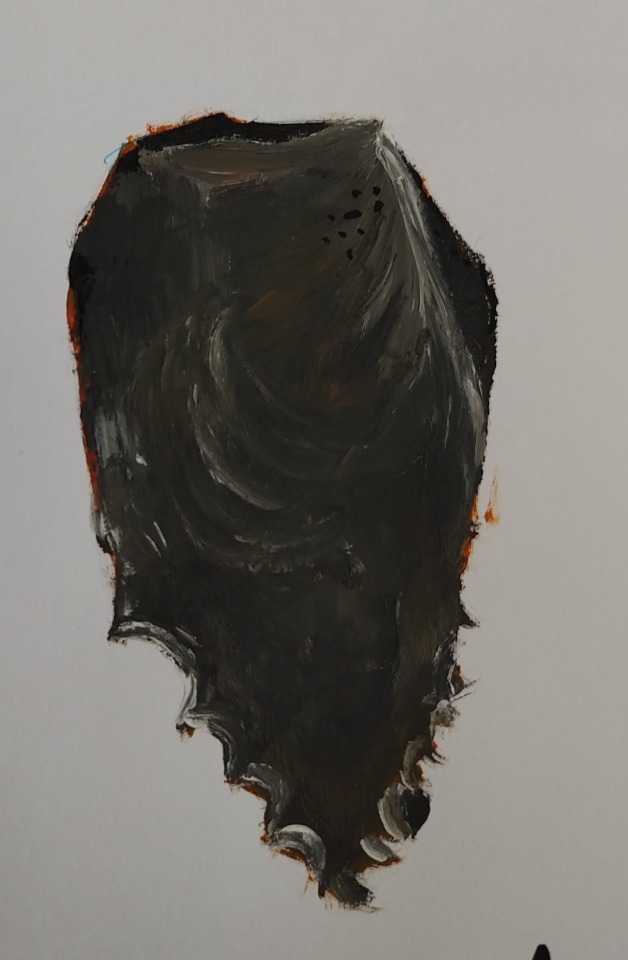
2 notes
·
View notes
Text



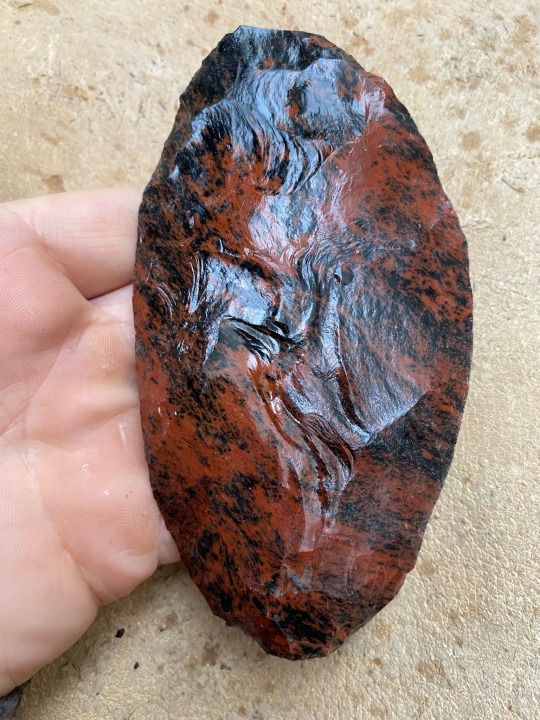

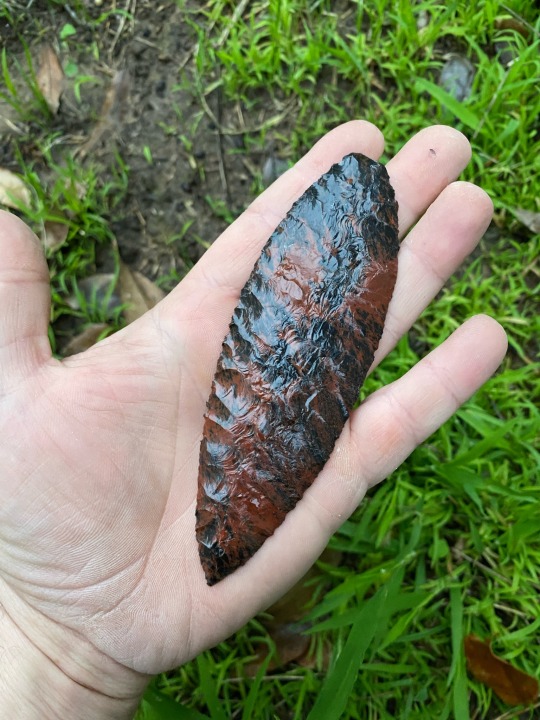


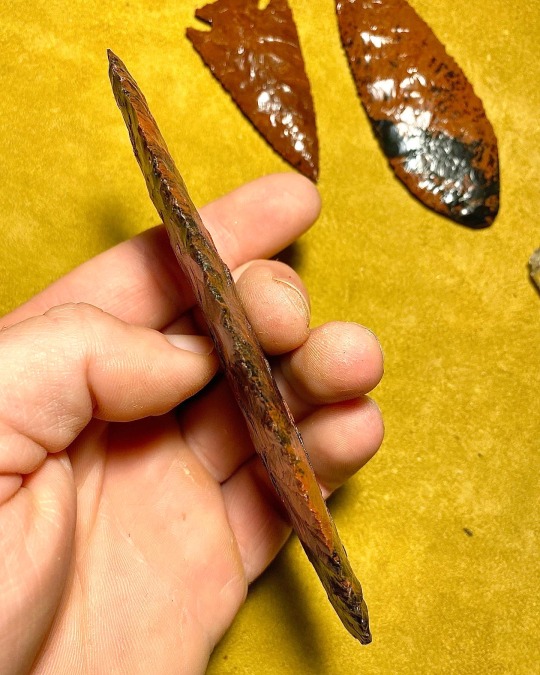
Mahogany obsidian blades by Steven Saffold
#flintknapping art#flintknapper#native american#flintknapping#chumash#lithics#blade#knive#primitive art#primitive technology#native american weapons#weapons#arrowheads#etsy#crystal#obsidian#art#artist#native american art#dagger#crystals#healing crystal
6 notes
·
View notes
Text
Archaeologists uncover how early human hunting practices, and the pursuit of elephants shaped our ancestors' choice of living sites. Discover the fascinating connection between ancient stone quarries, water sources, and the paths of these majestic creatures.
11 notes
·
View notes
Text
youtube
Bifaces: Stone Tools Worked on Both Sides
MVAC Senior Research Associate Dr. Connie Arzigian talks about bifaces—stones that have been worked on two broad sides, or faces. She describes what makes an artifact a biface and explains the stages of turning a large flake or block of stone into a tool ranging anywhere from a general-purpose knife to an intricately knapped projectile point.
3 notes
·
View notes
Text

LITHICS- Tower of Age
(Post-Punk, Art Punk)
Released: June 5, 2020 [Trouble in Mind Records]
Producer(s): Evan Mersky
0 notes
Text
[Paper] The Hoabinhian technocomplex in southwest China: Preliminary report on new discoveries in recent decades
Discoveries in Yunnan confirm the Hoabinhian technocomplex in China, suggesting ancient migration routes and a diffusion strategy in East Asia.
via L’Anthropologie, 06 April 2024: This paper by Wu et al. describes artifacts linked to the Hoabinhian technocomplex, previously well-documented in Southeast Asia but not in this region. The findings from two ancient sites, Xiaodong rockshelter and Dedan cave, support the hypothesis of a “Chinese Hoabinhian Homeland” and highlight Yunnan’s strategic role in ancient migration routes. These…

View On WordPress
0 notes